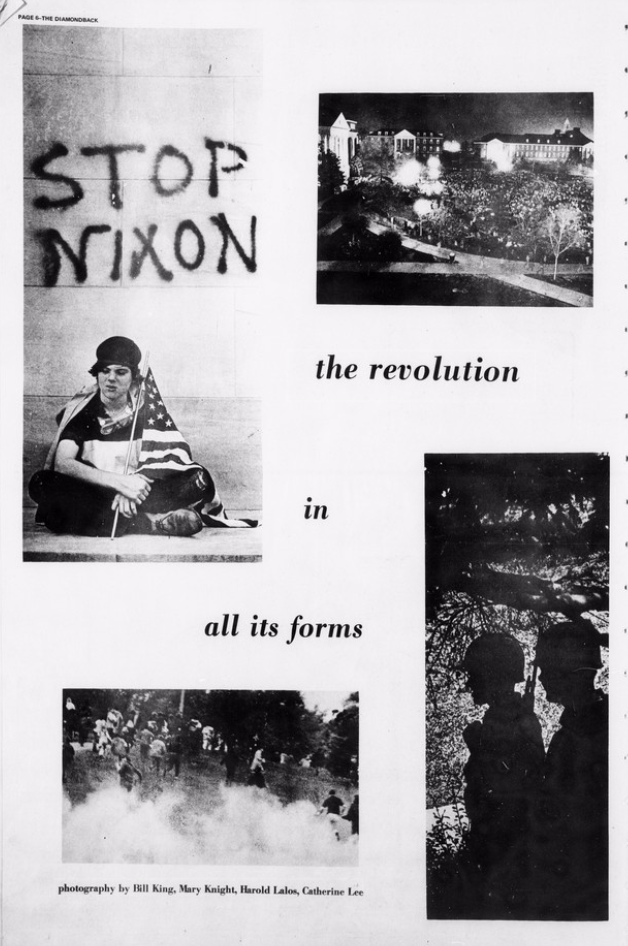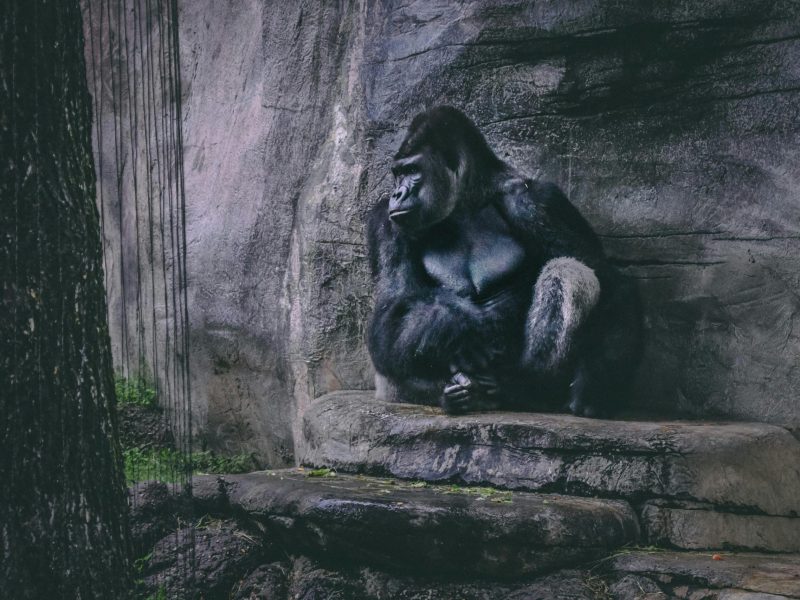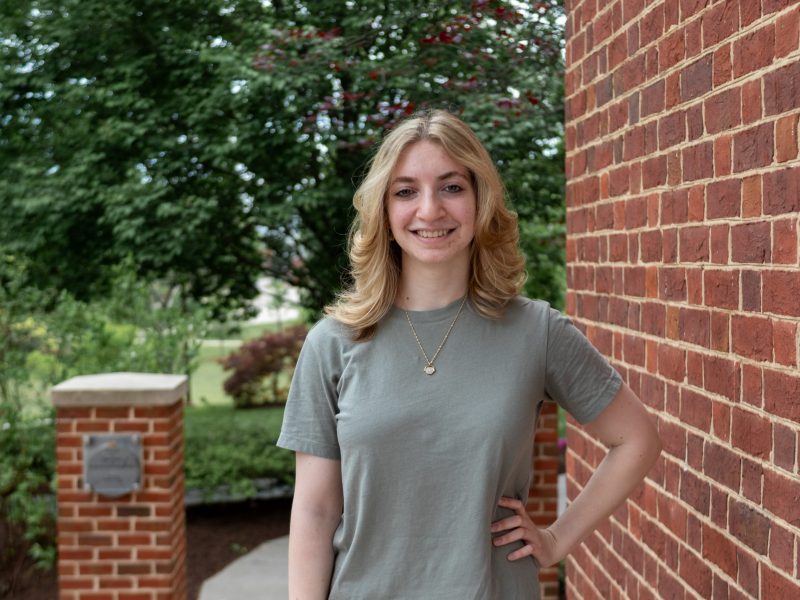The year 1970 may not ring a bell for students in the context of this university’s history. The Vietnam War was raging on, leaving the country’s moral compass in a questionable state. There was national coverage of the anti-war riots and a National Guard killing of four students at Kent State University.
That same year, thousands of students at this university gathered in hotspots around campus, such as McKeldin Mall and Route 1, and met police officers with bottles and bricks and set fires to the campus; several fights occurred.
On Monday night, Gil Scott-Heron’s “The Revolution Will Not Be Televised” played faintly in the background as this university’s NAACP chapter, along with Community Roots and Political Latinxs United for Movement and Action in Society, opened its #StayWoke discussion — a dissection into the history of student activism here.
The event, which was held in Francis Scott Key Hall, was the first of the NAACP’s Student Activism Awareness Week.
“I grew up on this campus,” said Alexis Ojeda-Brown, a senior English and history major and the executive chairwoman of the NAACP’s activism committee. “I thought I knew what there was to know about it.”
Ojeda-Brown has had the idea for this week’s theme since last year. She said that while the university doesn’t hide the protests, it doesn’t make the information widely known. The senior’s concern is that students have to dig for the information, leaving those who aren’t familiar with university archives in the dark.
The presentation included a detailed timeline of activist organizations of the past and present. In recent decades, organizations such as the Campus Coalition vs. Racism, Students for a Democratic Society and Women’s Liberation occupied the campus.
The Black Student Union was a prominent front in standing against sociopolitical issues. The “Escorts Unlimited” program started when three black male students began walking young women to their classes after a string of rapes had occurred. This led to the proposal and inauguration of the shuttle-bus system, and an earlier version of the current Nite Ride service.
“I hope [attendees] have a better understanding of their university and feel more connected to the students of the past that were following in the footsteps of some really great organizations,” Ojeda-Brown said.
The event drew parallels and differences between the issues students have advocated for then and now.
Decades later, other activism organizations have made their mark on campus, such as ProtectUMD — a coalition of 25 university organizations that includes the sponsors of Monday’s event, The Pride Alliance, Students for Justice in Palestine and several Greek organizations.
Last year, the coalition compiled a list of 64 demands from marginalized communities on campus after holding a walkout, which started at McKeldin Library and made its way past the Administration Building.
“I feel like a hotspot for student protests is the Administration Building, only because it’s a big symbol of the people in power on this campus,” said senior environmental science and technology major Whitney Jarrett, PLUMAS historian.
A major difference highlighted was the use of social media. #ProtectThisHouse, #ADifferentUMD and #FearTheTurtle have all been used to bring awareness to the struggles marginalized students face at this university.
[Read more: UMD community shares experiences of racism and hate on campus with #FearTheTurtle]
“I think it should be shared,” said senior biochemistry major Trey Huff. “People are going to start to try to make their own stories, see what makes sense.”



